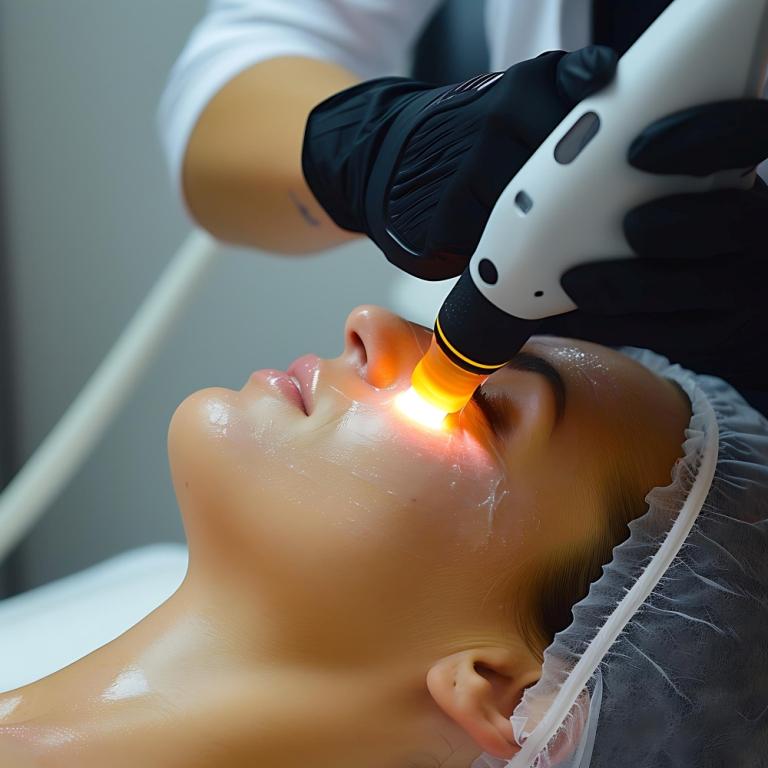
Cold laser treatment methods is a somewhat innovative technology when compared to the a great number of alternative therapies such as acupuncture (that’s been practiced since 8000-3500 B.C.), chiropractic (since 1895) as well as physical therapy. Just like the abacus evolved into the computer, a variety of alternative medicine practices are expanding to also include light therapy. More recent advancements in low-level lasers now make it possible for the average medical professional or individual to own cold laser equipment. Cold lasers are sometimes called Low Level Lasers (LLL) or soft lasers.
Cold Laser treatment offers a non-intrusive option to acupuncture and surgery. It additionally allows for a non-addicting treatment which usually eliminates the complications associated with long-term medication treatment programs. Cold lasers tend to be commonly utilized for treatment associated with: Acute and chronic joint pain, Tendon strains, Muscle strain, Soft tissue injuries, Tendonitis, Arthritis, Tennis elbow, Back soreness, Bursitis, Carpal Tunnel Syndrome, in addition to Fibromyalgia.
In general, cold lasers usually are implemented in 2 specific methods. One is in fact Targeting acupuncture trigger points (analogous to acupuncture however minus the needles) and the other is actually by using Wide coverage of deep tissue with laser photons in order to spark changes within the tissue.
The cold laser creates an impulse of light at a specific wave length (typically 905nm) which will diminishes reflection in addition to scattering but maximized absorption of the energy (in photons) at a desire depth.
Various conditions such as joint pain involve a deep penetration (4-5 inches) that can only be accomplished using a super-pulsed laser emitter. Many systems also contain other lower wavelengths in addition to lower-power emitters for treating shallow tissue (like the lymph system or even surface scars). In addition, red light diode with a wave length of 660 nm could be utilized to add energy to even shallower levels of tissues. It is definitely the over-all judgement that wavelengths less than 660 nanometers are usually very easily absorbed within the surface tissue and are not optimized pertaining to deep tissue healing.
The purpose of laser therapies is to provide light energy units via infrared laser radiation, referred to as photons, to damaged cells. It is the preference of industry experts is that photons absorbed by the cells by way of laser therapy stimulate the mitochondria to boost production of ATP. This specific biochemical increase in cell energy can be utilized to enhance live cells from a state connected with illness to a stable, healthy state.